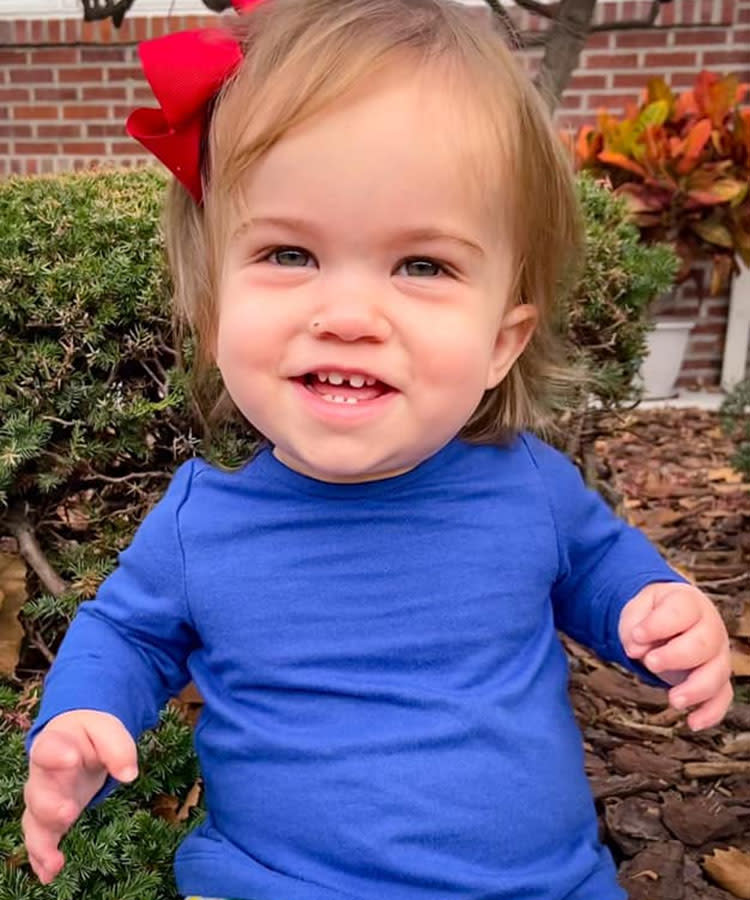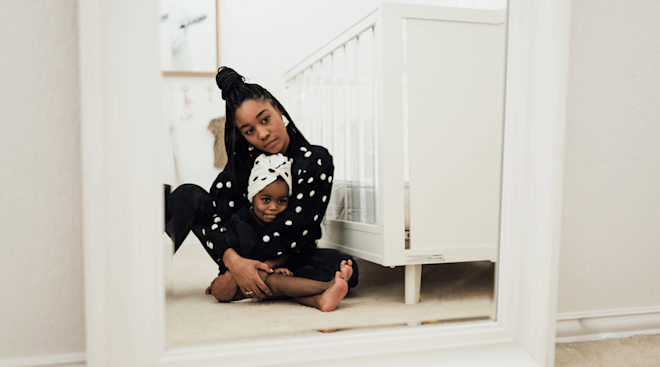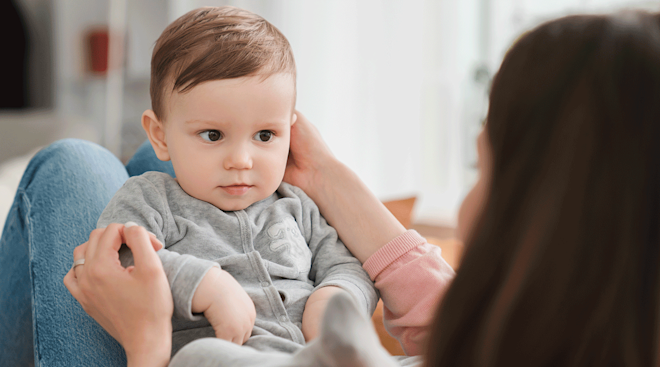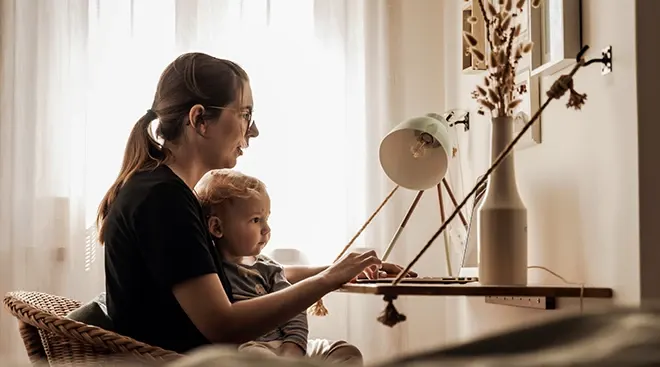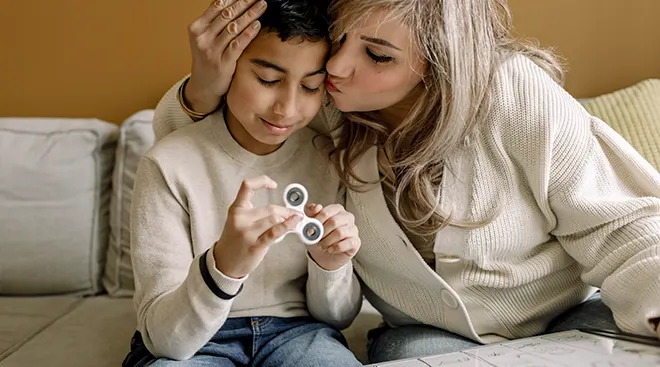5 Things This Mom Wants You to Know About Having a Child With Dwarfism
My daughter Chloe is smart, silly and lovable. Her smile lights up the room, and her laugh is contagious. She’s just like any other child in all but one way, my daughter Chloe has achondroplasia, the most common form of dwarfism. When I first heard my doctor mention this possible diagnosis when I was 30 weeks pregnant, I fell down the Google rabbit hole of “what if,” and it was a scary, negative place.
Chloe is now 2 years old, and I’ve learned a lot from my journey with her. Since her birth, I have been vocal about educating others on achondroplasia, not only to help those in the same position we were in, but also to show people how those with the condition are just like average height people in so many ways. Below, I’m sharing the top five things I want others to know about this type of dwarfism.
Yes, even you! The vast majority of cases of children born with one of 400 types of dwarfism is caused by a genetic mutation and is not hereditary. No one is immune to disability.
The term “midget” is a derogatory slur. Acceptable terms are “Little Person,” “Dwarf” or “person with dwarfism.” When you hear someone use the M word, please speak up—we need everyone’s help and advocacy to eradicate this offensive word. And the best way to describe someone when speaking to them? By their name, of course!
While many think that those with the condition are “just small,” dwarfism is actually a disability. Many experience health complications such as hydrocephalus (a buildup of fluid in the brain), spinal stenosis, spinal compression (which, if left untreated, can lead to death) and joint pain. MRIs, sleep studies and surgeries are commonplace for those with dwarfism. Our kids have specialist teams that consist of orthopedics, pulmonologists, geneticists and physical, occupational and speech therapists. So yes, while size is a noticeable characteristic, there is more to having dwarfism than just being “small.”
Achondroplasia doesn’t affect cognitive skills, and those with the condition shouldn’t be held back due to others’ preconceived notions. For many with dwarfism, their intelligence is comparable to their average peers. While accommodations such as step stools, scooters and other devices are needed to accomplish tasks, for many, shorter stature doesn’t inhibit the ability to perform in school and in the workforce. A good rule of thumb? Never assume someone with a disability is of lesser intelligence.
The most important thing I want other parents to know? My child is just like yours! She just turned 2 and loves the same things all 2-year-olds love: Elmo, puzzles, dancing (her favorite!), ice cream and going to the playground. She also knows her colors and is learning to count. She may have a few more doctor appointments and a few more step stools than your child might, but she’s just an average kid.
At this age, Chloe doesn’t know yet that she is different from her peers, but someday she will notice and start asking questions—and that’s where I ask for your help. Please speak to your children about differences and disabilities. Don’t hush them when they ask questions or point out someone that looks different than them. Let them ask questions. Don’t make disability bad, scary or “weird.” The very best thing we can do for all our kids is to have open and honest conversations. Hopefully, in turn, all of our kids will be a bit more compassionate, empathetic and inclusive.
From the corporate world, to stay-at-home mom, to advocate, Melissa Horvath dives head first into any twist the journey gives her. With the birth of her second child, she found herself at a place she never thought she would be: a mother to a child with special needs. Instead of letting it get her down, she uses her passion to advocate about her child’s dwarfism diagnosis by educating and fundraising. When the Horvath family is not advocating, they can be found in their Brooklyn residence having living room dance parties, playing dinosaurs or enjoying family pizza night. They are a regular family on a remarkable journey to raise awareness of kindness and acceptance. You can follow their journey on Instagram @the_fourvaths.
Navigate forward to interact with the calendar and select a date. Press the question mark key to get the keyboard shortcuts for changing dates.


































